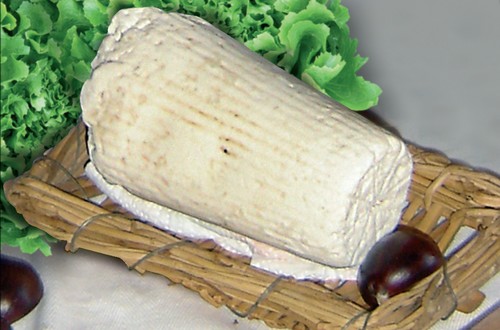Prodotti Tradizionali della Campania
Ricotta di fuscella

Il termine ricotta deriva da latino recoctus, termine che stava a indicare la ricottura del siero dopo la produzione del formaggio, motivo per il quale la ricotta non può essere considerata un vero e proprio formaggio, perché si ottiene dalla lavorazione del siero che si libera dalla cagliata. È un prodotto antichissimo e diffuso in tutta la regione, che va consumato freschissimo. Si ottiene riscaldando il siero fino a una temperatura di circa 80 gradi, quando affiora una massa fioccosa leggera e bianca, che viene raccolta ancora calda e messa in cestelli di plastica o di giunco intrecciato, dette fuscelle, da cui deriva il nome questo tipo di ricotta. Si ottiene, così, una forma prismatica, di colore bianco, dalla consistenza delicatissima, che si consuma da sola o come ingrediente indispensabile in moltissimi di piatti tradizionali della Campania, dalla pasta ripiena, al dolci come la pastiera.
![]() The
word ricotta derives from the Latin “recoctus”, a work that
indicates a re-cooking of the whey after the production of the cheese,
that is why ricotta cannot be considered a true cheese, because it is
obtained from the whey without the curd. It is a very ancient product
very common all over the region and it has to be eaten very fresh. It
is obtained warming the whey to a temperature of about 80 degrees, until
a creamy white and light mass floats up, this is collected and still
warm left in plastic or rush baskets, called fuscelle, from which this
ricotta gets its name. The result if a product with a prismatic shape,
white, with a delicate consistency that can be eaten alone or as an ingredient
in many traditional Campania dishes, such as baked pasta or cakes such
as pastiera.
The
word ricotta derives from the Latin “recoctus”, a work that
indicates a re-cooking of the whey after the production of the cheese,
that is why ricotta cannot be considered a true cheese, because it is
obtained from the whey without the curd. It is a very ancient product
very common all over the region and it has to be eaten very fresh. It
is obtained warming the whey to a temperature of about 80 degrees, until
a creamy white and light mass floats up, this is collected and still
warm left in plastic or rush baskets, called fuscelle, from which this
ricotta gets its name. The result if a product with a prismatic shape,
white, with a delicate consistency that can be eaten alone or as an ingredient
in many traditional Campania dishes, such as baked pasta or cakes such
as pastiera.